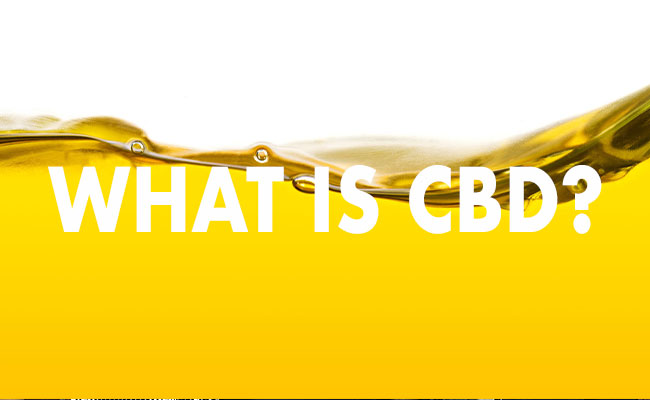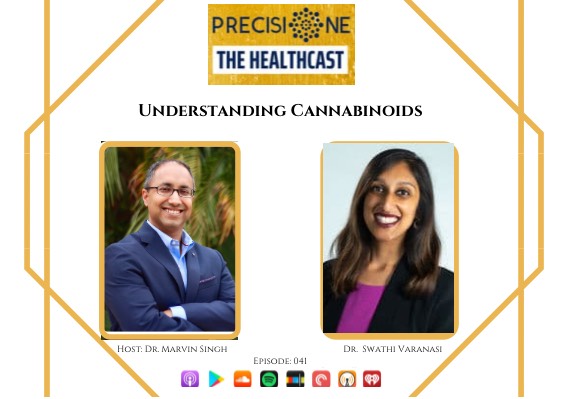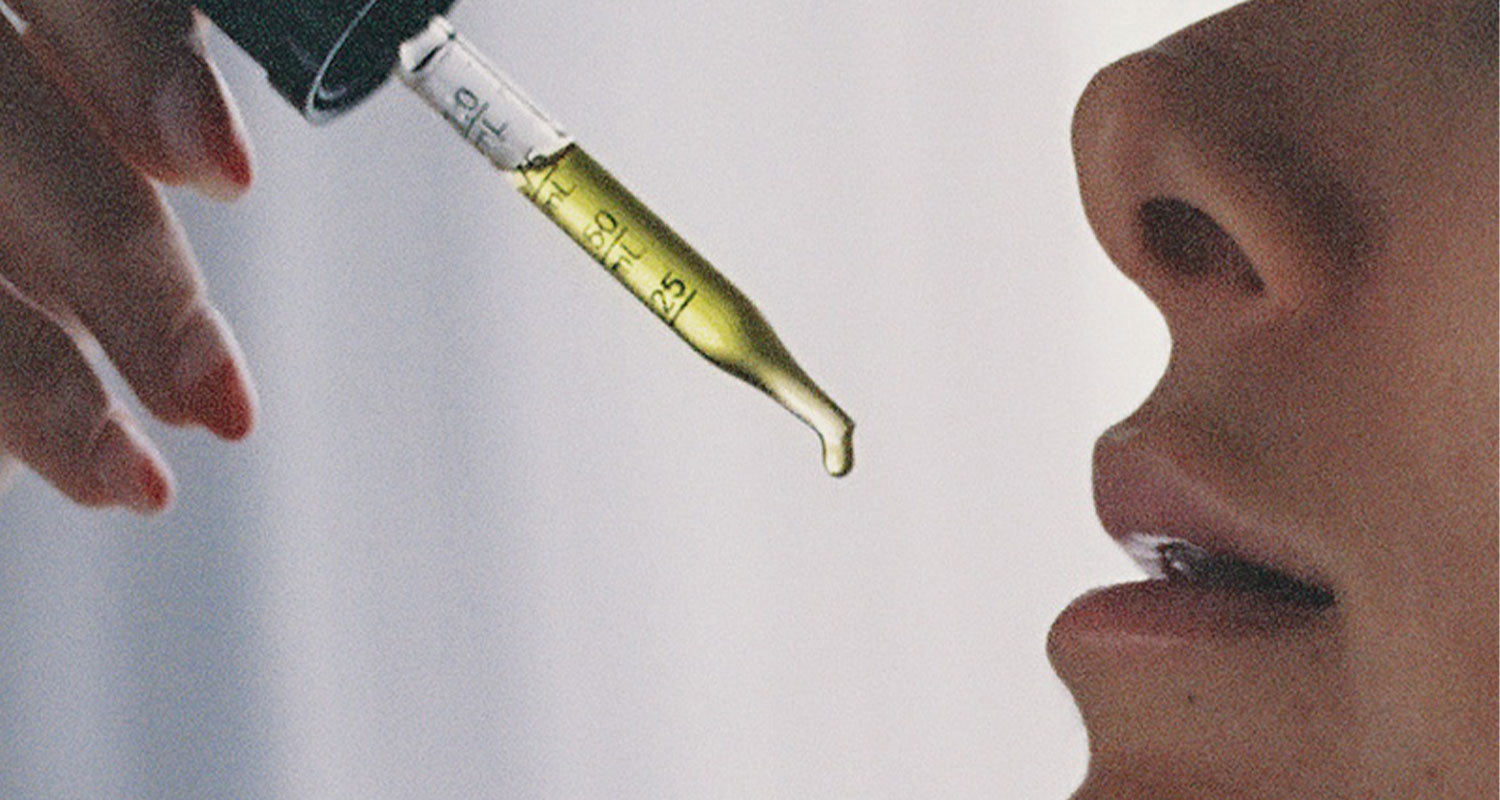
January | National CBD Awareness Month
WRITTEN BY CAROLINE CASSOL AND DR. SWATHI
January is National CBD Awareness Month. CBD has made its way into the medicinal spotlight (finally!), yet not everyone is familiar with how it works and what benefits it can have on one’s health. From lotions, to oils, and even gummies, people across the world have incorporated CBD into their personalized therapies and lifestyles.
What is CBD?
CBD is one of many cannabinoids that are derived from the cannabis plant. It has been documented as being used medicinally thousands of years ago, however it wasn’t until recently that it has been a hot topic of research around the world. Studies directed towards the therapeutic use of CBD started in the 1970s as scientists [link to Father of Cannabis article] discovered two cannabinoid receptors called CB1 and CB2 [link to CB1 and CB2 article]. As more information has been unearthed about the receptors and endocannabinoid system on the whole, there has been an increase of development of CBD products on the market to meet therapeutic needs.
An important goal of CBD Awareness Month is to elucidate the truth about CBD, as many people are still unaware of its therapeutic potential. The greatest consequence of living in the information era is the rise of misinformation often clouding scientifically driven content.
Is there any research on CBD?
There are a number of studies examining the effect that CBD has on easing the symptoms of chronic pain, anxiety, insomnia and much more. CBD has proven to be a versatile compound as the FDA approved a CBD drug called Epidiolex to treat epilepsy in 2018. Clinical trials noted that the drug was able to reduce the seizure activity in patients (3).
Can CBD make me high?
A common misconception to CBD use is the belief that the user will be intoxicated (or feel “high”) upon use because of the derivation from the cannabis plant. This myth confuses CBD with the THC–both are cannabinoids found naturally in the cannabis plant, but each one is distinct in its chemical structure and function in the body. In fact, CBD has been shown not to have a direct relationship with the CB1 receptor–the receptor linked to THC’s effects of feeling “high” (2). This is one of the many myths that is associated with CBD and a greater reason to educate people on what CBD use comprises. Myths draw attention away from the research conducted on the pharmacologic use of CBD and its therapeutic effects.
How does CBD work in the body?
It is postulated that CBD does not directly bind to the CB1 or CB2 receptors while THC does. Research does show that CBD works on what are referred to as non-cannabinoid receptors–named this way because they are receptors that are associated with the endocannabinoid system, but only in an indirect way. CBD is a full agonist for TRPV1 receptors which are some of the receptors that sense pain within the body. When CBD binds to TRPV1 receptors, it is thought that the mechanism of CBD can ease symptoms of inflammation and pain (4). CBD has also been shown to be an agonist of 5-HT1A receptors which are the body’s serotonin receptors, a neurotransmitter essential for mood and cognition. The modulation of the serotonin receptor is what has led to the belief of using CBD to ease symptoms of mild depression and anxiety (5).
There is much more to come in the future for CBD and its potential in improving our overall health and wellness. Celebrate CBD Awareness Month by learning how CBD can help you or someone you know!
References:
- Pertwee RG. Cannabinoid pharmacology: the first 66 years. Br J Pharmacol. 2006;147 Suppl 1(Suppl 1):S163-S171.
- Burstein S. Cannabidiol (CBD) and its analogs: A review of their effects on inflammation. Bioorganic & Medicinal Chemistry. 2015;23(7):1377-1385.
- FDA approves first drug comprised of an active ingredient derived from marijuana to treat rare, severe forms of epilepsy. U.S. Food and Drug Administration. Published June 28, 2018.
- Costa B, Giagnoni G, Franke C, Trovato AE, Colleoni M. Vanilloid TRPV1 receptor mediates the antihyperalgesic effect of the nonpsychoactive cannabinoid, cannabidiol, in a rat model of acute inflammation. Br J Pharmacol. 2004;143(2):247-250.
- Russo EB, Burnett A, Hall B, Parker KK. Agonistic properties of cannabidiol at 5-HT1a receptors. Neurochem Res. 2005;30(8):1037-1043.
--
This article was edited by Dr. Swathi and was written by Element Apothec Scientific Communications Intern, Caroline Cassol. She is a Doctor of Pharmacy (PharmD) student at University of Connecticut School of Pharmacy in Storrs, Connecticut.











